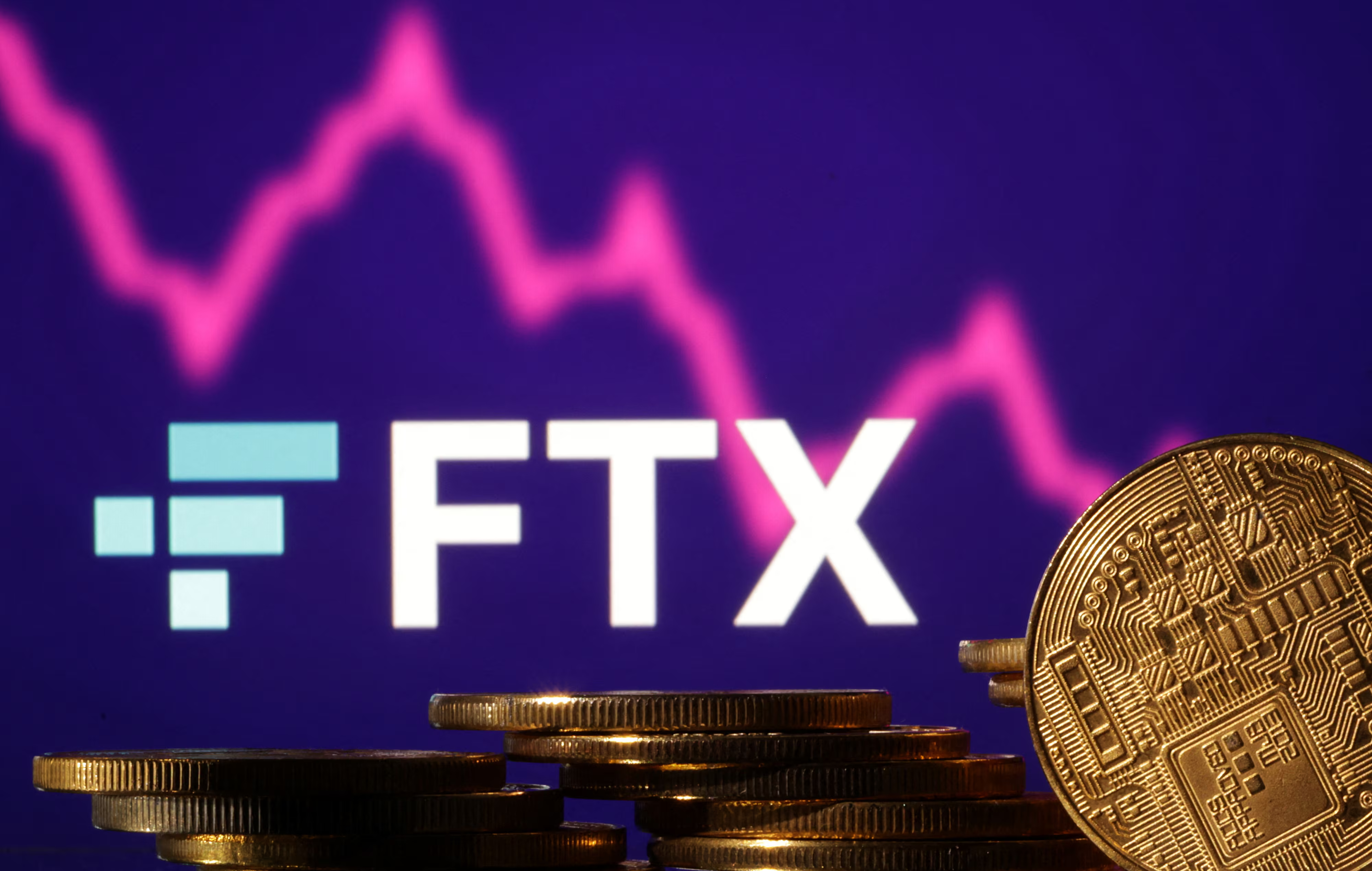In the rapidly evolving world of cryptocurrency, staying informed about the latest developments is crucial for investors and stakeholders alike. As with many financial sectors, the crypto space is not without its challenges, particularly when it comes to security threats like phishing scams. Recently, the management overseeing the bankrupt cryptocurrency exchange, FTX, issued a critical alert to its creditors, emphasizing the need for vigilance against fraudulent activities. This concern arises in the wake of FTX’s third settlement distribution, following its startling collapse in November 2022.
Protecting Against Phishing Scams Amid FTX Settlements
Heightened Phishing Threats Targeting FTX Creditors
Recent communications from Bitcoinist revealed that FTX initiated a payout of $1.6 billion to its creditors on September 30. This distribution primarily targeted three groups: U.S. customers, international customers, and general unsecured creditors. Individuals receiving these payouts were mandated to complete comprehensive verification processes, with distributions anticipated to be finalized within a three-day window through designated channels. However, on October 3, through its official channel, FTX alerted stakeholders of a phishing email campaign specifically targeting its creditors.
The warning delineated:
> “Stay cautious of phishing emails that may appear as if they originate from Kroll or the FTX Recovery Trust. These can link to deceptive sites designed to mimic the FTX Customer Portal (claims.ftx.com). Remember, we will never solicit you to connect your wallets.”
These phishing attempts disguise themselves as messages from Kroll Restructuring Administration or the FTX Claims Department, misleading users to access fictitious “distribution portals” or a counterfeit “FTX Customer Claims Portal”. An example of such deceptive communication includes purported instructions from Kroll, urging users to verify their accounts under the guise of preparing distributions due to asset recoveries.
Phishing scams, which aim to deceive recipients into disclosing sensitive data like passwords or account details, remain a formidable threat in the crypto domain. Blockchain security firm ScamSniffer reported over $12 million in crypto asset losses due to these scams in August alone, underscoring the pervasive nature of this threat.
Progress in FTX Settlements
In response to FTX’s 2022 collapse, the restructuring body charged with managing the bankruptcy process initiated a court-endorsed reorganization in October 2024, earmarking $16.5 billion for distribution to creditors. Post the September 30 settlement round, more than $7.8 billion has been disbursed. Nevertheless, disparity concerns persist; smaller claims under $50,000 have been overcompensated by approximately 120%, whereas larger claims above $50,000 have received around 72.5% of their expected value up to now.
What measures can FTX creditors take to protect against phishing scams?
FTX creditors can safeguard themselves by carefully scrutinizing the sender’s details in emails, avoiding clicking on suspicious links, and verifying any communication directly through known official channels. It’s also advisable to keep security software updated and report suspicious activities to relevant authorities.
Will creditors receive full compensation for their claims from FTX?
While efforts are underway to distribute funds to FTX creditors, the compensation varies based on the claim size. Smaller claims have received higher compensation ratios compared to larger claims, reflecting ongoing challenges in equitable distribution.
How significant is the phishing threat in the cryptocurrency space?
Phishing remains a significant risk within the cryptocurrency space, with millions in digital assets lost to such scams. As the industry continues to grow, enhancing security measures and increasing user awareness are vital in mitigating these threats.
The ongoing developments in the FTX settlement process magnify the importance of vigilance and informed decision-making within the cryptocurrency realm. In a landscape bustling with innovation and volatility, staying informed and cautious remains paramount.

